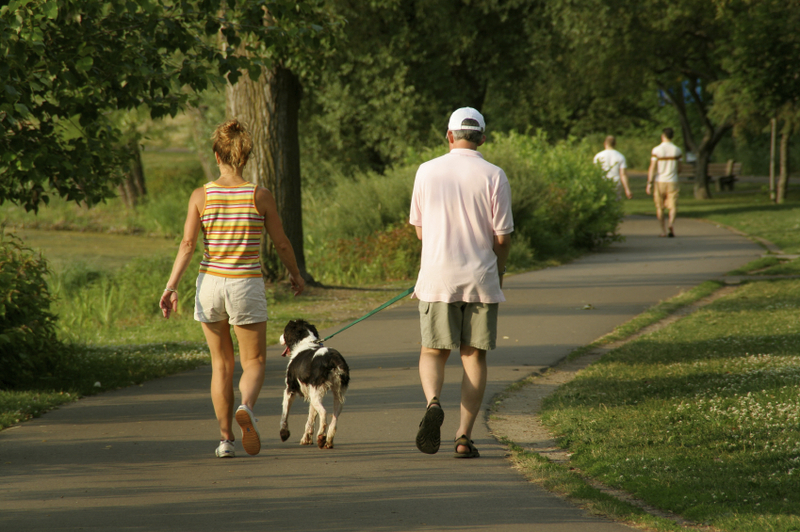Code Green Solutions


The existence of pedestrian networks is one of the most important components of a sustainable city. The design and condition of sidewalks can positively or negatively influence the choices and behaviors of citizens. A comfortable network will promote walkability, social interaction, and use of public transportation, contributing to the city’s sustainability, economy, livability, and health. A well-designed pedestrian network will ensure not only connection between two or more points, but also quality and safety of travel, and equity and accessibility for the whole population, while producing a positive impact on the environment. As a consequence, more and more cities are paying attention to the improvement of their pedestrian networks, recognizing the potential influence they have on the success and attractiveness of cities.
The increasing importance of a smart pedestrian network design is the primary reason for the creation of the urban transformation system called “Sustainable Sidewalks Assessment System (S2as)”.
How S2as Works
S2as is based on a weighted survey that generates comparable ratings and certifications for pedestrian corridors. Its principal purpose is to give developers, planners, and city officials insight into the design and performance of their city’s walkways and to influence positive changes throughout the decision-making process. In doing so, S2as is designed to make the built environment safer, more comfortable, and economically and environmentally sustainable for its citizens. The system is also helpful to rate the outcomes of any pedestrian project, by comparing different projects from around the world.
S2as is targeted primarily at the construction of pedestrian corridors urban revitalization projects, or existing sidewalks and pedestrian corridors where intervention is needed.
This tool can be useful for Urban Designers, Municipalities, Communities, Developers, Academics, and Realtors and is complementary to many of the more widely known rating systems that focus on walkability or streets such as Walk Score, Greenroads, etc.
Theory of Change
S2as focuses on four key areas to improve the sustainability and walkability of sidewalks. Each area asks a number of questions, weighted according to the degree of importance for the desired outcomes. These areas are:
The changes achieved by this assessment tool are intended to positively impact at least five different sectors or activities: Social, economic, environmental, public health, and walkability.
S2as Ratings and Certifications
S2as generates comparable ratings and certifications for pedestrian corridors around the world. The survey consists of 58 total questions, 20 of them are required and sum a total of one hundred points. The remaining 38 questions are optional and sum 102 points, their fulfillment derived in three additional “certification” levels or ratings.
Obtaining certification or rating is an accreditation by S2as that the project has met all required points and the specific number of optional points to obtain a predetermined certification level. Below are the four possible certification levels that S2as offers:
These levels may be subject to revision with any update of S2as in the future.
Sample Assessments
Three projects, from different sizes and locations were selected for the first sample assessment:
The sample assessments provided the following preliminary conclusions:
These conclusions could change with the continuous comparison between projects’ outcomes, through the use of the tool in cases with different characteristics.
Online free access, scores, and collected data for research.
With the purpose of offering to the public the assessment system for the transformation of sidewalks while facilitating the continuous evaluation and updating of the tool itself, an online survey with free access has been designed.
Every person interested in evaluating the sustainability and walkability of a pedestrian corridor project or an existent neighborhood’s sidewalk can access the tool online through the following link: http://goo.gl/forms/2r4d3PSLAU. After completing the survey, the participant will receive an email with the score of their project. In parallel, the experience and results will be collected for research purposes.